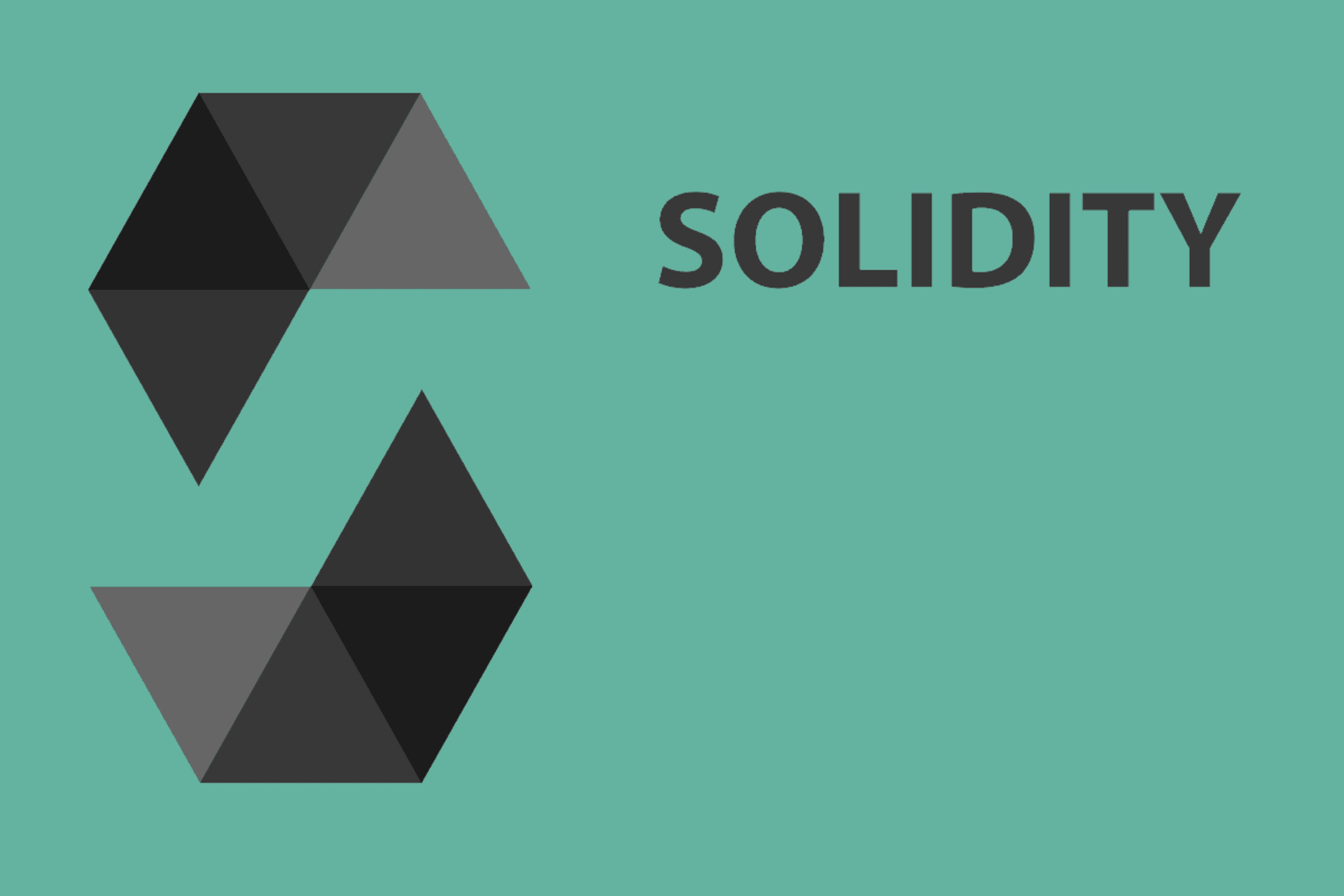Solidity is an object-oriented programming language based on Ethereum. See why you should use it for blockchain development.

US$39 billion by 2025 . And this number will only increase after the implementation of Web 3.0.
Web 3.0 is the third iteration of web development. It is a decentralized evolution of web technologies and is called “the Internet of the future” by the masses. It places a strong emphasis on decentralized application development and blockchain-based web design. Solidity is on its way to being a big part of Web 3.0 application development because of its ability to create (and deploy) smart contracts across different platforms.
What should beginners know about Solidity development?
Anyone starting out in Solidity should know that smart contracts are immutable (i.e. you can't change them after deployment). There is no room for error when creating such contracts as transactions cannot be reversed. This also means that errors in creating such contracts expose your clients to legal and financial loopholes.
However, this functionality can also be useful for establishing trust and determining the legitimacy of smart contracts. Once a contract is signed, you can be assured that its protocols will not change unless its underlying code is changed, which requires the authority of both signing parties.
Beginners should also keep looping and calculation issues in mind during development. Calculations on Ethereum are expensive. You have to pay gas fees for each computational step you perform, and Solidity contracts can require many steps. These steps can also become targets for hackers as they can exploit them to create fake DOS problems. Therefore, Solidity beginners should always keep loop issues and gas fees in mind when creating blockchain contracts.
Source: BairesDev

